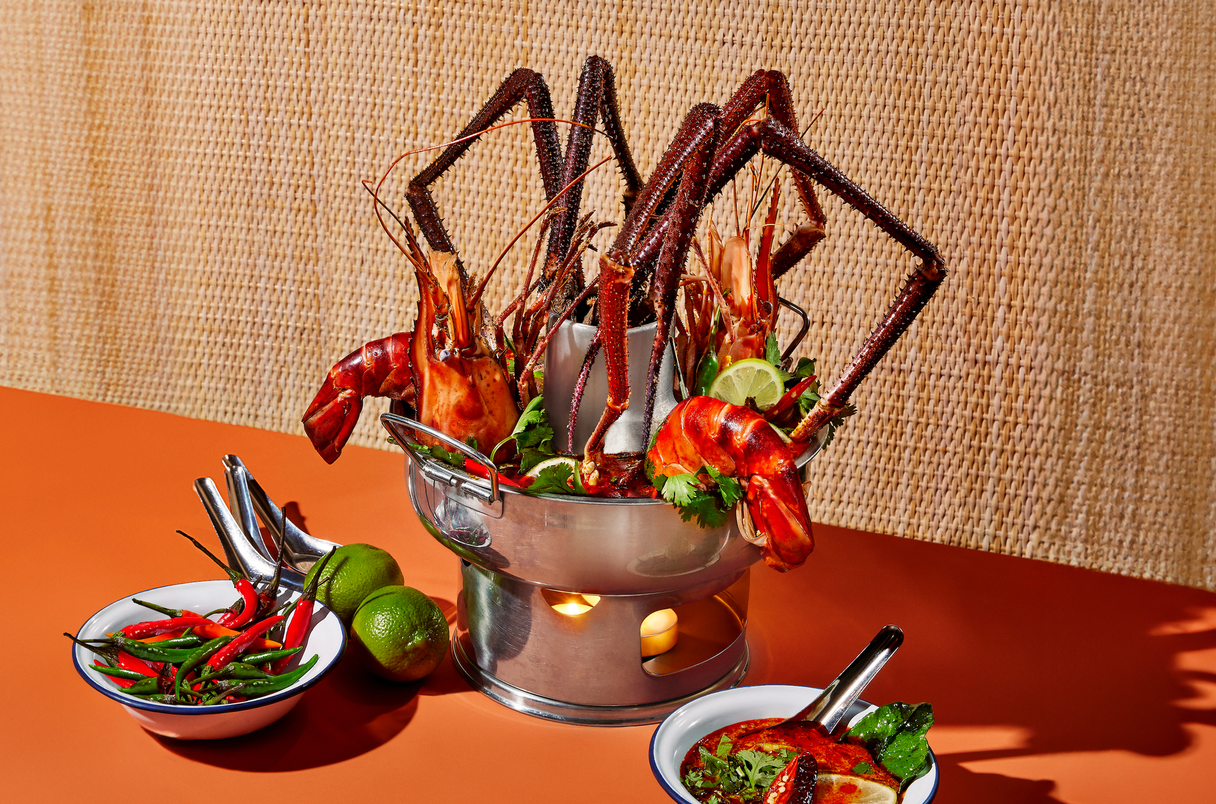What we learned at the World's 50 Best Restaurants celebration
The Prep breaks down the biggest takeaways from Vegas’s star-studded awards night
• public
Pop the Champagne! We stopped by the World’s 50 Best Restaurants’ first-ever North America event in Las Vegas on September 25th, which brought together the best and brightest of the hospitality industry from the U.S., Canada and the Caribbean islands (full list of winners here).
The list was unveiled live on stage at The Wynn Las Vegas, emceed by Lauren Scala and included several other additional/surprise awards throughout (i.e., Best Pastry Chef, Best Sommelier, etc.). World’s 50 Best has been running since 2002, but this is the first time North America received its very own breakout list.
So how exactly do restaurants get chosen? According to Head of Content William Drew, there’s no criteria and it’s strictly based on voter opinion (meaning both casual and high-end spots are fair game). The 300 voters are anonymous, don't work in PR or marketing and live all over the world.
Now that you know how the rules, here are The Prep's own Kelly Dobkin's five major takeaways from the whirlwind, one-night-only event.
1.Tasting menus are still a powerful format
The winning restaurant, Atomix (NYC), has a 12-course tasting menu rooted in Korean tradition. Several other winners similarly emphasize multi-course, immersive experiences over à la carte. For operators, this signals the growing appetite for experiential, culturally specific tasting menus that balance tradition with innovation—showing diners are willing to pay premium prices for meals rooted in authenticity.
2.Smaller markets are making big waves
Restaurants from places like Quebec City, Charleston, Nashville, Portland and Richmond are well-represented—not just the major coastal food capitals. Clearly, high culinary standards are spreading more broadly and “destination dining” is not confined to legacy cities. The list features restaurants in 20 cities across North America, with 37 in the U.S., 11 in Canada and two in the Caribbean. For restaurateurs, it highlights the opportunity to draw national and international attention regardless of geography. Canadian restaurants Mon Lapin in Montreal and Restaurant Pearl Morissette in Lincoln, ON took home spots two and three, respectively.
3.Global cuisines were well represented
Atomix’s win underscores how Korean flavors and modern techniques are pushing boundaries. But other restaurants on the list are putting forward perspectives beyond traditional French fine dining with personal storytelling, regional authenticity and non-Eurocentric menus. Other winning spots like Kalaya (Thai) in Philadelphia and Dakar in New Orleans (Sengalese) highlight the diversity of the North American restaurant scene.
4.Hospitality, sustainability and guest experience matter
Special awards (e.g., Sustainable Restaurant Award for SingleThread; Art of Hospitality; Best Sommelier) went to restaurants that offer more than just food, but also a commitment to environmental practices, staff and guest experience, terroir or sourcing, aesthetics and even ritual. The overall ranking seems to prefer places that embed values in their operations. Restaurant owners can use this as a reminder that holistic excellence can amount to industry prestige. The Champions of Change award was brand new to the event and went to One Love Community Fridge in NYC, which started during the pandemic to combat food insecurity.
5.Why North America suddenly got its own list
“We have regional lists in areas like Asia and the Middle East, introduced back in 2013,” Drew shares. “At the time, we wanted to shine a light on regions that were less known internationally. Europe and the U.S. were really strong on the global list back then. But as the other regions have risen in profile, North America, as a result, hasn't seen the representation that it did before,” he adds. The new North American list allows for greater visibility into newer cities, countries and markets as referenced above.
These trends highlight that North America's restaurant landscape is increasingly diverse, values-driven and globally influenced—signaling that the future of dining lies in storytelling, sustainability and expanding beyond traditional culinary hubs.
We’d love to keep this dialogue going. Let’s continue the conversation—what was your biggest takeaway from the show? Shoot us a note.
Thanks for reading today's edition! You can reach the newsletter team at editor@theprep.co. We enjoy hearing from you.
Interested in advertising? Email us at newslettersales@mvfglobal.com
Was this email forwarded to you? Sign up here to get this newsletter once a week.
The Prep is written by Kelly Dobkin and edited by Lesley McKenzie.
